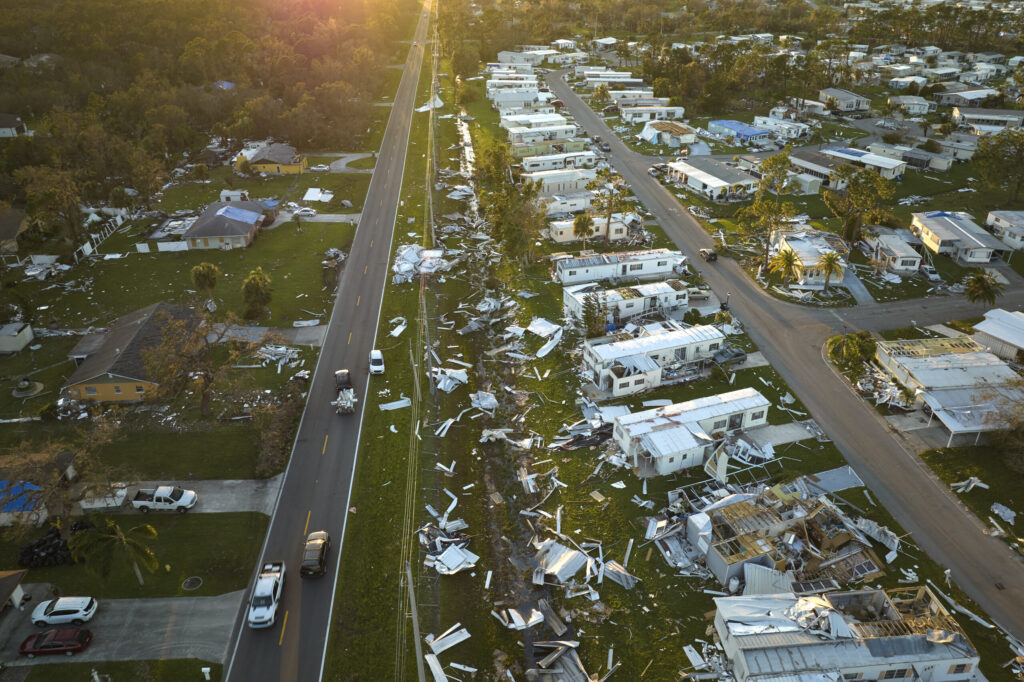Extreme weather conditions can severely disrupt a business’s smooth operation, leading to significant losses. Such conditions demand quick and efficient responses to minimize the impact and restore normalcy in the quickest time possible. Retaining the well-being of the staff and customers by ensuring safety measures in your business operation has a significant bearing on the business’s overall performance. Below are the meticulously gathered expert advice and procedures on how to gracefully restore your business after severe weather.
Evaluating the Impact

Evaluating the impact of severe weather is the first crucial step in the business restoration process. This involves assessing the physical damage caused to the infrastructure, investigating any losses or damages to stock, and examining any disruptions to your business operations. It’s not always easy to quantify the impact of severe weather conditions on your business, especially when the effects may last for an extended period. However, it is an essential step in determining the resources and actions needed for recovery.
For effective assessment, consider seeking professional help such as hiring a commercial restoration service to handle this process. These professionals have the expertise and experience to thoroughly evaluate the damage and provide a comprehensive plan for restoration. They can help ensure that no critical areas are overlooked, resulting in a quicker and more efficient recovery process.
Once the initial evaluation is done, the next step is creating an effective recovery plan. Remember, the key to swift recovery lies in how effectively you respond to the impacts assessed.
Developing a Recovery Plan
After assessing the impact of the severe weather, the next step is to develop a recovery plan. This should involve a strategic approach toward restoring normalcy in your business operations. The plan should outline the necessary steps that need to be taken, including repairing any damaged infrastructure, replacing lost or damaged stock, and addressing any disruptions in your operations.
A well-designed recovery plan is a roadmap that guides the recovery process, providing clear goals and tangible steps toward achieving them. During this stage, ensure to involve your team and communicate the plan effectively across your organization. Additionally, professional commercial restoration services can significantly assist in drafting an efficient recovery plan, utilizing their experience and expertise.
While restoring immediate operations is crucial, you should also anticipate longer-term impacts. If some sections of your operation were severely affected, you might need to seek temporary solutions as you work on a more permanent fix.
Implementing Your Recovery Plan

Once you have a clear recovery plan in place, it is time to implement it. If your business premises experienced significant damage that calls for major reconstruction, consider renting roll-off containers to manage the waste produced from your site. Efficient waste management is crucial to creating a safe and healthy working environment, even amidst disaster recovery.
The implementation stage also involves the reallocation of resources. You might need to reassign staff to manage specific aspects of the recovery, such as inventory restocking or customer communications. Ensure there is clear communication to avoid misunderstandings, promote synergy, and keep your team motivated toward the recovery goal.
The process of implementing your recovery plan may come with unforeseen challenges. Staying adaptable and ready to review and adjust your plan where necessary is crucial in overcoming these challenges. Remember, the ultimate goal is to regain business continuity and enhance employee productivity.
Overall, it’s crucial to remain proactive, adaptive, and resilient during the recovery process. Seek professional help where necessary and keep your team involved and motivated through effective communication for a swifter recovery. By keeping these points in mind, you can successfully navigate your business through severe weather disasters and restore it back to normal operation.


